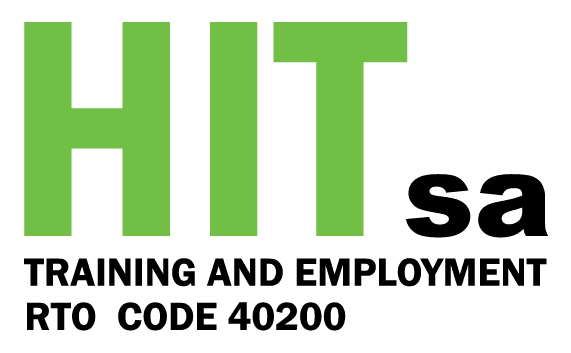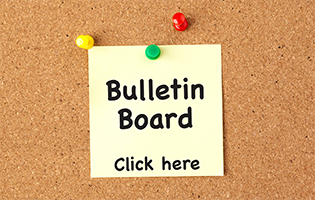CV vs. Resume: what’s the difference?
Trying to find work and applying for jobs all starts from your resume or CV. Meaning your first point of interest from your potential employer would be both of these things. Or maybe even your cover letter, depending on what is required for your application.
But, if you’re new to the workforce you may not know how to write a resume. And if this is the case, you probably also don’t know how to write a CV. Knowing how to write these documents and when to use them is crucial to finding a job. So, here’s some information and tips to clarify what these are!
What is a CV?
A CV (short for Curriculum Vitae which is Latin for ‘course of life’) is a detailed document highlighting your career and education accomplishments. Which could include information such as; education, research experience, presentations, awards and scholarships.
CV’s are an important document outlining your full working history and achievements. Therefore, you want to make sure it’s powerful and stands out to employers.
What is a Resume?
A resume is generally a 1-2 page document that summarizes the most important information that a prospective employer would need to know.
This would include:
- Contact Information: name, address, phone number and email.
- Summary of Qualifications: relevant or impressive qualifications.
- Work History: present and past employment, include dates, companies, job titles and relevant skills.
- Education: highest level of education completed.
- References: always include 2 or 3 references, making sure you ask them for permission prior to.
Your resume could also include relevant achievements, licenses and computer skills. As well as related courses or training that you’ve undertaken/completed.
When resume writing, make sure you keep the design and layout neat and tidy. Your resume should stand out and catch your employers’ eye.
What is a cover letter?
A cover letter is the introduction to your resume. It should be more personal and informative, detailing why you think you are a strong match for the job. Also, do some research on the company and the role you’re applying for. This will help you to reflect your interest in the specific organisation and identify your most relevant skills. As well as show that you are genuinely interested in the role. Rather than using something generic, which would most likely get skimmed over and not read.
Think of your cover letter as a sales pitch, be confident and market your skills. You want to ensure that your cover letter makes the best impression, as this will most likely be your first point of contact.
Furthermore, finish your cover letter by asking the employer to continue and read your resume. And also ask them to contact you.
For example, ‘I have attached a copy of my resume. I look forward to hearing from you about this position’.
What’s the difference between a CV and a resume?
The main differences between a resume and a CV are length, what info is included and the purpose of the document. CV’s don’t have a length limit, depending on how much career experience you have or don’t have. Your CV could be 2 pages long to 4 pages long. Whereas a resume will generally be 1-2 pages max. A CV will detail your entire academic career and a resume will summarise your skills and work experience.
Most commonly, CV’s are applicable when applying for positions in; medical fields, academia and scientific research. This being because a CV will include info about your research, teaching experience, awards, grants and projects. While resumes include the more basic and straight forward details that are relevant to the job you’re applying for. Therefore, a resume is the most common document requested when looking for work.
Is it bad if you have them confused?
It’s not a disaster if you’ve been confused between a CV and a resume. In Australia, CV’s are often used interchangeably with a resume. Which means they are referred to as the same thing – most of the time.
In other countries CV’s are used primarily when applying for jobs within the following fields; education, scientific, medical and academic.
When applying for these roles in Australia, it would be more beneficial to follow the layout of a CV rather than a resume. Use your judgement for what document would be more suitable for your application. Otherwise, most advertisements will state what they request from their candidates. Which will most commonly be a cover letter and resume.
You’re ready to start resume writing!
Now that you know the basics of how to write a resume and how to write a cv… it’s time to get resume writing! Always ensure your documents include relevant and accurate information. And most importantly, make sure the layout is neat and easy to read with no mistakes. You want to impress your potential employer with these documents as they will probably be your first point of contact. Therefore, your first impression.
Looking for work can be tough, so make sure you start off on the right foot (a great CV, resume and cover letter). Simply do that and you should find yourself with a job in no time.
Lastly, if you’re looking for work make sure you check out the Jobs Board which is updated daily. Keep your eye on it and start applying today!
















